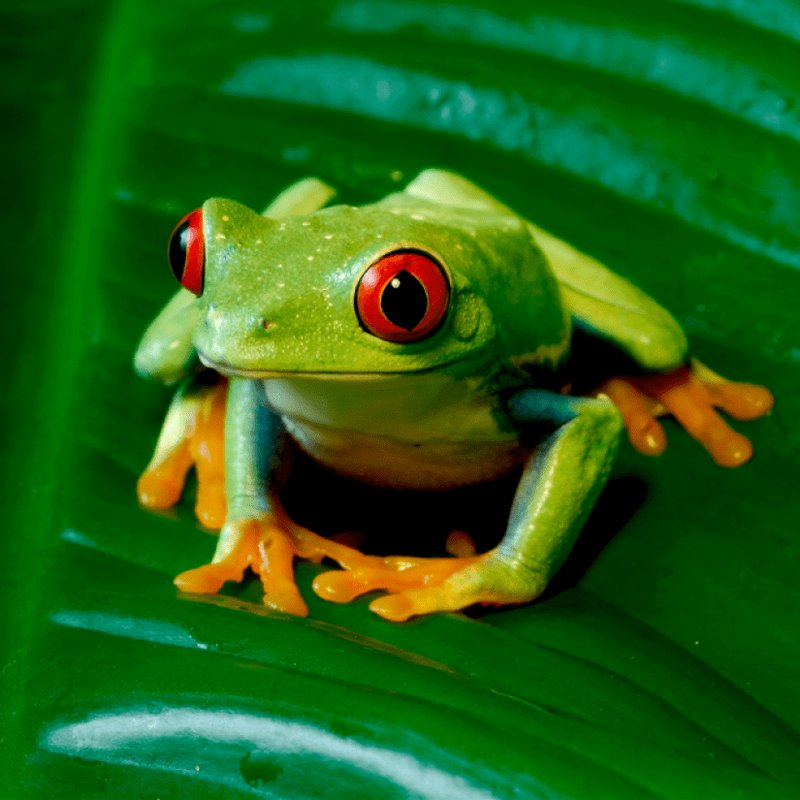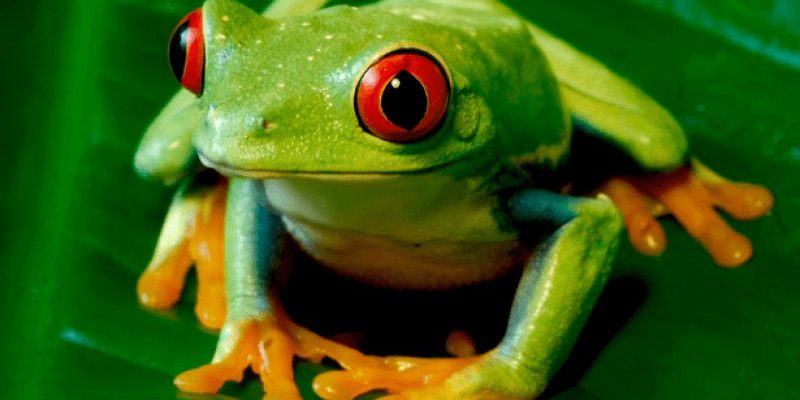
Botflies are interesting creatures, both for their unusual life cycle and their somewhat ominous reputation. They tend to prefer specific environments, much like how you might gravitate towards a cozy café or a sunny park. This article will take a closer look at the habitat types that are most susceptible to botfly activity, shedding light on where you might encounter these pests and what makes these areas so inviting for them.
Tropical and Subtropical Regions
One of the most prominent habitats for botflies is found in tropical and subtropical regions. These areas offer a warm climate and a rich diversity of wildlife, creating an ideal environment for botflies to thrive. The humid air and lush vegetation provide the perfect backdrop for their life cycle.
In places like Central and South America, you’ll find botflies making themselves at home in the fur of mammals and the skin of livestock. Think about it: if you were a botfly, wouldn’t you want to settle down in a place with plenty of potential hosts around? The availability of animals like cattle makes these regions particularly vulnerable.
Moreover, the natural warmth helps accelerate the botflies’ development. This means that during the rainy season, which often coincides with the breeding period for many animals, botflies can multiply rapidly. So if you’re traveling in these areas, be aware of your surroundings—especially if you notice a lot of wildlife.
Forested Areas
Forested areas also attract botflies, especially regions dense with trees and underbrush. These environments provide ample cover and warmth, creating a sanctuary for botflies and their hosts. If you wander into a forest, you might notice a variety of mammals, from deer to monkeys, roaming freely. These creatures are prime targets for botflies looking to lay their eggs.
Here’s the thing: forests are complex ecosystems. They host various animal species, each playing its role. Botflies take advantage of this complexity by nesting in host animals that are abundant in these areas. For example, in regions like the Amazon rainforest, the sheer biodiversity can lead to higher botfly populations due to the number of potential hosts.
Additionally, decomposing plants and organic matter in forests provide a rich breeding ground for botflies. It’s nature’s way of recycling, but for botflies, it’s just another reason to call these areas home.
Grasslands and Savannas
Moving from forests to open land, grasslands and savannas are also hotspots for botfly activity. These habitats, characterized by wide-open spaces and a mix of grasses and shrubs, are often home to grazing animals like cattle, horses, and wildebeests. Just like in the forest, these animals serve as hosts for botflies.
In grasslands, botflies can easily find places to land and lay their eggs. The wide visibility means they can easily spot animals to target. The open nature of these areas also helps heat up the ground, creating a warm environment that’s ideal for the botfly larvae to develop.
Plus, when animals graze in these regions, they often disturb the soil, which can help expose botfly eggs to the open air. It’s a rather unfortunate cycle for the animals involved, as this can increase the chances of infestation.
Rural and Agricultural Zones
Rural and agricultural zones are another prime target for botflies, especially those focusing on livestock farming. Here, botflies find tons of hosts, from sheep to goats and cows, making these environments particularly inviting. It’s like an all-you-can-eat buffet for them.
In these settings, the close proximity of animals makes it easy for botflies to spread. Farmers often have to deal with not just the pests in their crops but also the pests on their animals. This can affect the health and productivity of livestock, leading to significant economic impacts.
Moreover, the disturbed soil from farming practices can create favorable conditions for botflies’ eggs to hatch. Fields often have the right amount of moisture and warmth, allowing larvae to thrive. If you live or work in agricultural areas, it’s crucial to be vigilant about botfly activity.
Coastal and Marine Areas
You might be surprised to hear that coastal and marine regions also play host to botflies, particularly in tropical zones. Here, animals like sea turtles and marine mammals can become potential hosts. The beaches and wetlands provide the right mix of humidity and warmth, essential for botfly reproduction.
Coastal regions often attract a variety of wildlife, increasing the chances that botflies will find a host. For instance, while dolphins and seals frolic in the surf, botflies could be preparing to lay eggs on these animals. It’s a fascinating—and a bit alarming—interplay of marine life and pests.
In these habitats, the availability of food sources and shelter also tends to be high, creating a perfect environment for botflies to thrive. If you’re enjoying a day at the beach, remember that nature’s balance includes not just beautiful creatures but also those that might leave you scratching your head (and your skin)!
So, what have we learned about the habitats that are most susceptible to botfly activity? From tropical forests to rural farmlands, these areas provide everything that botflies need to thrive: warm temperatures, plenty of host animals, and suitable breeding grounds. The next time you find yourself in one of these environments, take a moment to appreciate the delicate balance of life—and the hidden dangers that lurk within it.
By understanding these habitats, we can better protect ourselves and our furry friends from these pesky parasites. Remember, staying informed is key, whether you’re exploring the great outdoors or managing a farm!

